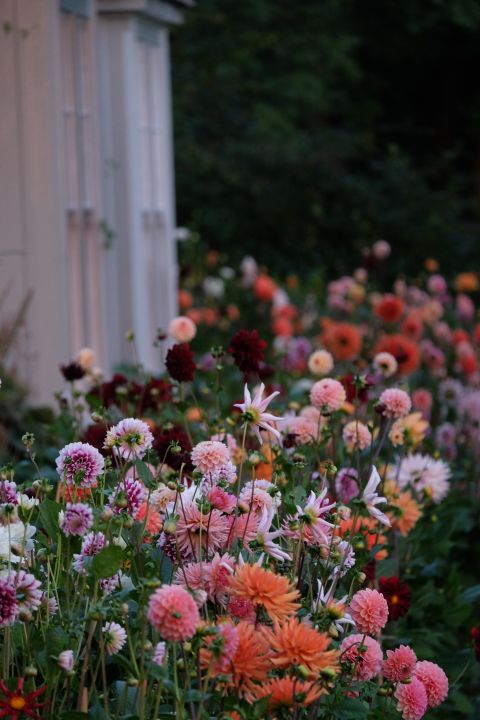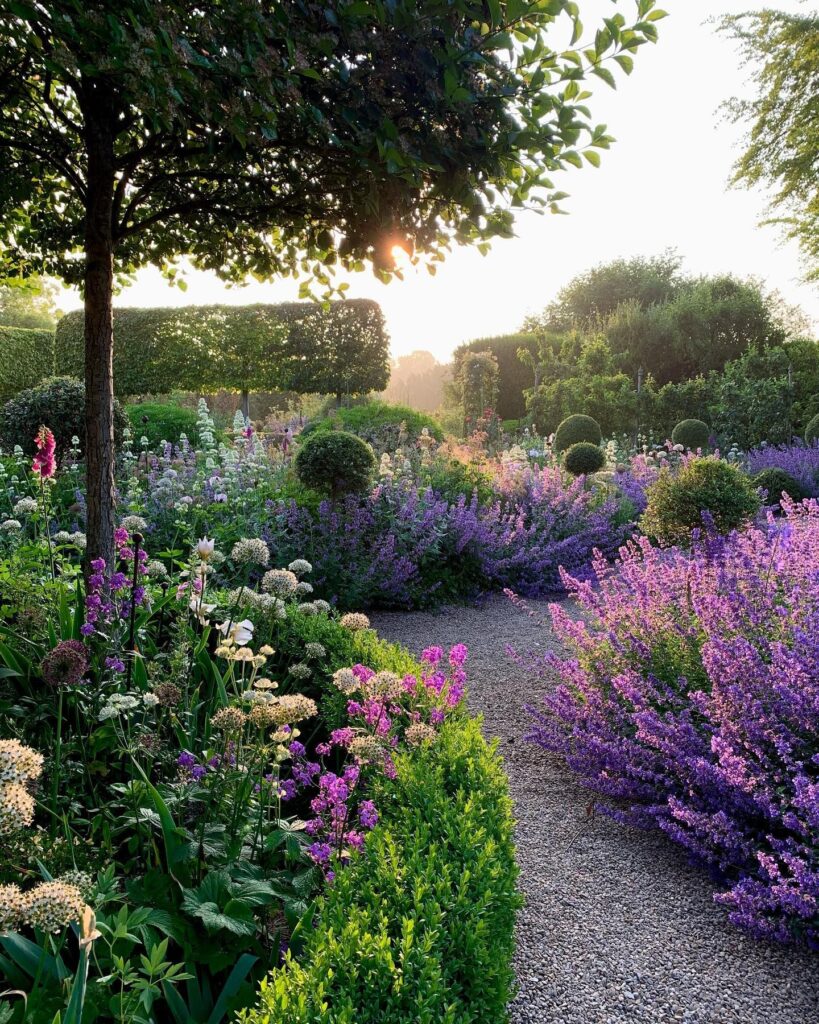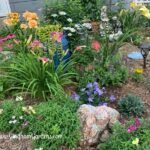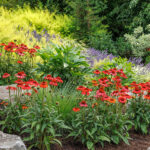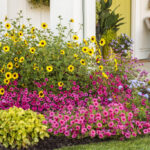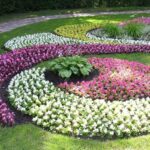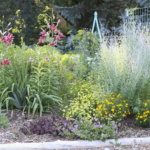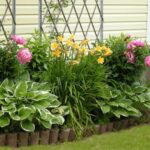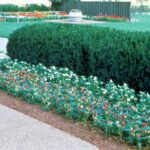A flower garden is a beautiful and rewarding project for any homeowner to undertake. Not only can a well-designed flower garden enhance the aesthetic appeal of your property, but it can also provide a peaceful and relaxing space for you to enjoy. When it comes to designing a flower garden, there are several key considerations to keep in mind.
One of the most important aspects of flower garden design is selecting the right location. Ideally, your flower garden should be situated in an area that receives plenty of sunlight, as most flowering plants require a minimum of six hours of direct sunlight per day. It is also important to choose a location that has good drainage, as overly wet soil can lead to root rot and other problems for your plants.
In terms of layout, there are several different approaches you can take when designing your flower garden. One popular option is to create a formal garden with geometric shapes and symmetrical patterns. This type of design is best suited to more traditional or formal homes. Alternatively, you could opt for a more informal, naturalistic design with curved pathways and a more relaxed planting scheme.
When selecting plants for your flower garden, it is important to choose varieties that thrive in your climate and soil conditions. For beginners, it is a good idea to start with easy-to-grow, low-maintenance plants such as marigolds, zinnias, and petunias. As you gain more experience, you can experiment with more exotic or unusual plants to create a unique and interesting garden.
In order to create a visually appealing flower garden, it is important to consider factors such as color, texture, and height when choosing plants. Mixing different types of flowers in complementary colors can create a stunning visual display, while incorporating plants with varying heights and textures can add depth and interest to your garden.
Finally, it is important to maintain your flower garden properly in order to keep it looking its best. Regular watering, mulching, and fertilizing are essential tasks that will help your plants thrive and bloom to their fullest potential. Additionally, it is important to regularly deadhead spent flowers and remove any weeds or pests that may be threatening your garden. By following these tips and guidelines, you can create a beautiful and thriving flower garden that will bring you joy for years to come.
